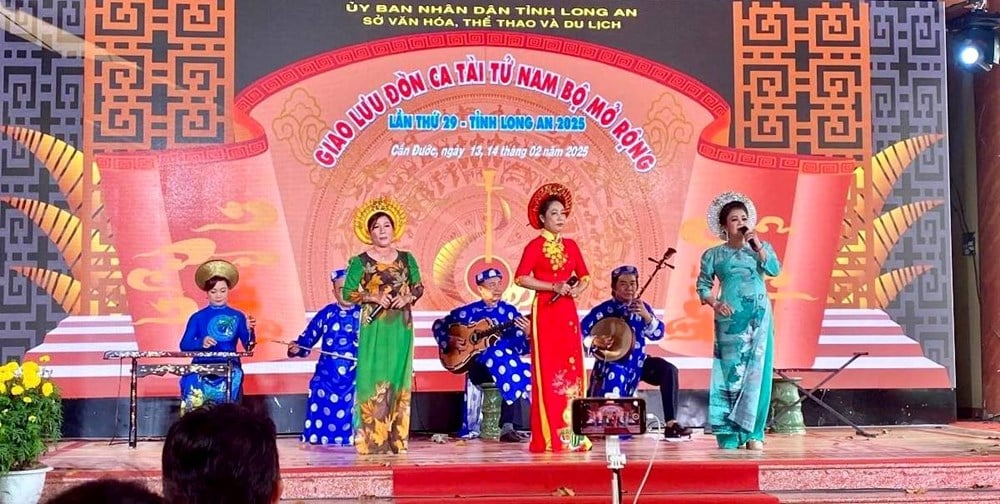
Building, maintaining and promoting the grassroots cultural environment today is an urgent requirement and a prerequisite for sustainable national development.
There are still empty "plots of land"
Over the past years, the Department of Culture, Sports and Tourism has persistently implemented a series of grassroots-oriented programs: From the Truong Son - Tay Nguyen Cultural Folk Performance Festival, Chau Van Performance Festival, National Don Ca Tai Tu Festival, to the National Workers' Singing Festival, Workers' Singing Contest... There, people can live in their own cultural space, proud of the heritages cultivated over many generations.
However, the picture of the grassroots cultural environment across the country still has many different colors. In many localities, the movement "All people unite to build a cultural life" is still a pillar, but the level of spread and depth is different. In some places, the movement is real, cherished by the community as a beautiful way of life; in other places, it stops at wall slogans, signed commitments without many activities. Cultural institutions, from communal cultural houses, community learning centers, to libraries, clubs... in many areas are still lacking and weak. In many places, "cultural houses" are just small rooms, locked all year round; playgrounds and exercise grounds for people are still rare. Grassroots cultural activities are often overwhelmed by the pace of market life, by the explosion of social networks and fast, easy entertainment trends.
Along with that, the negative side of the market economy and digital technology is also strongly affecting the cultural foundation. Deviant behaviors, decline in community spirit, indifference to traditional festivals, or pragmatic lifestyles are gradually creeping into every corner of grassroots life. The cultural environment of the family, the first cell of society, is also undergoing many changes: Common meals are becoming less frequent, dialogue is replaced by silence with electronic devices, the tradition of benevolent behavior, full of affection, harmonious lifestyle, respect for duty, affection, respect for elders and juniors... are sometimes replaced by indifference and insensitivity in the hurried pace of life.
It is worth mentioning that the basic cultural environment is not only a physical space, but also a spiritual ecosystem, including behavioral standards, beliefs, habits, lifestyles, and ways of thinking of people. When that ecosystem is damaged, society will find it difficult to find balance and sustainability. As many researchers have commented, "the cultural environment is a wall protecting the ideological foundation and personality of Vietnamese people". And that wall, in many places, is showing "cracks".
It can be said that the policy of building a cultural environment at the grassroots level is clear, but implementation is not yet uniform. Partly due to the perception that many levels and sectors still consider culture as a "soft" and "non-profit" field, it is easily placed behind economic goals. At the grassroots level, cultural officials often hold multiple positions, lack funding, and lack effective assessment tools, so implementation is still a movement.
In addition, investment resources for grassroots culture are still limited, while the demand is increasing. In some localities, a cultural house must serve thousands of people, operating in a socialized form but lacking specific guidance, leading to fragmentation and lack of sustainability. The training and development of grassroots cultural staff is also inadequate. Many people are assigned to be in charge of culture but have not received specialized training, lack organizational skills, knowledge of heritage conservation, communication skills, and mass mobilization. In addition, the impact of social networks, where a "new cultural environment" is forming, poses challenges in management and value orientation. Negative trends, anti-cultural content, fake news, and deviant lifestyles can spread quickly, eroding traditional values.
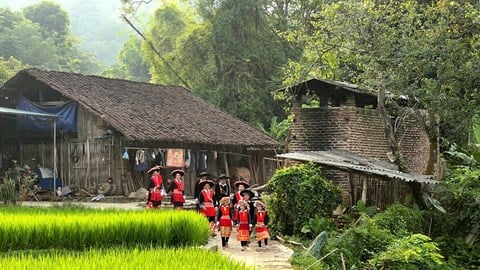
Preserving identity, building a healthy environment
Creating sustainable cultural space from the root
In order for the cultural environment at the grassroots level to truly become a “nursery of personality” and a foundation for sustainable development, a system of synchronous solutions is needed, from awareness, mechanism, action, and supervision. In particular, it is necessary to raise awareness and leadership in building a cultural environment.
First of all, leaders at all levels must clearly recognize the key role of culture in development. Building a cultural environment is not a “sideshow”, but a central task in the strategy for human, economic and social development. Local leaders, agencies and units must become “cultural cores”, role models, spreading the spirit of humanity, democracy, transparency and respect for people.
At the same time, it is necessary to promote propaganda and education on cultural behavior in the community, especially the young generation, through television programs, theater, digital platforms and extracurricular activities. In addition, it is necessary to perfect institutions, policies and ensure resources because building a cultural environment requires a clear, stable and binding legal framework. Currently, the Ministry of Culture, Sports and Tourism is implementing a plan to build a grassroots cultural environment for the period 2023-2025, emphasizing the inclusion of cultural criteria in the assessment of cadres, civil servants, as well as the performance of grassroots authorities.
The State needs to have a policy to support funding for cultural institutions, prioritize infrastructure investment in disadvantaged areas; encourage socialization but must have specific guidelines and standards to avoid commercialization of culture. At the same time, the set of criteria for assessing the grassroots cultural environment should be completed, linked to the happiness index, people's satisfaction, and the level of participation in cultural and community activities. There cannot be a sustainable cultural environment if the people are not the subject. Each community, village, hamlet, residential group... needs to proactively build its own cultural conventions and covenants, suitable to regional characteristics but not contrary to general standards.
Cultural institutions need to be “revived” through diverse activities: Cultural forums, art clubs, community seminars, reading spaces, folk music activities, folk games... These activities help people regain their connection and pride in their homeland, thereby forming “cultural resistance” to foreign trends. In particular, it is necessary to focus on building a cultural environment in the family and school, the two first cradles of personality formation. When children live in an atmosphere of respect and love, and are educated through cultural actions rather than slogans, then society will be truly peaceful.
In the digital age, the online cultural environment cannot be ignored. This is where young people interact the most, so it is also a space that needs to be nurtured with positive values. It is necessary to encourage localities, agencies, and organizations to create digital cultural content such as: short films, podcasts, online exhibitions, local cultural education platforms, etc. to spread beauty and goodness.
At the same time, there needs to be a mechanism to manage, monitor and respond quickly to anti-cultural content, fake news and verbal violence on social networks. The grassroots cultural environment cannot be separated from the economic life of the people. When culture becomes a driving force for development, through community tourism, craft village products, green festivals, street art, traditional cuisine , etc., people will voluntarily protect and promote cultural values. Grassroots culture therefore needs to be seen as an endogenous resource, not just a "decoration for development".
Building a grassroots cultural environment is not a one-day job or a movement, but a long-term, persistent process, starting from the smallest things, from the way people behave with each other, from the exemplary behavior of leaders, from friendly eyes on the village roads, to community activities at the village cultural house.
When each community becomes a “living cultural space”, when people are nurtured in a humane environment, that is also the time when culture returns to its rightful place: the spiritual foundation of society, the driving force of sustainable development. And in the new flow of the country today, keeping the basic cultural environment clean is also keeping the Vietnamese soul forever sustainable.
Source: https://baovanhoa.vn/van-hoa/tu-nep-song-dep-den-phat-trien-ben-vung-174839.html






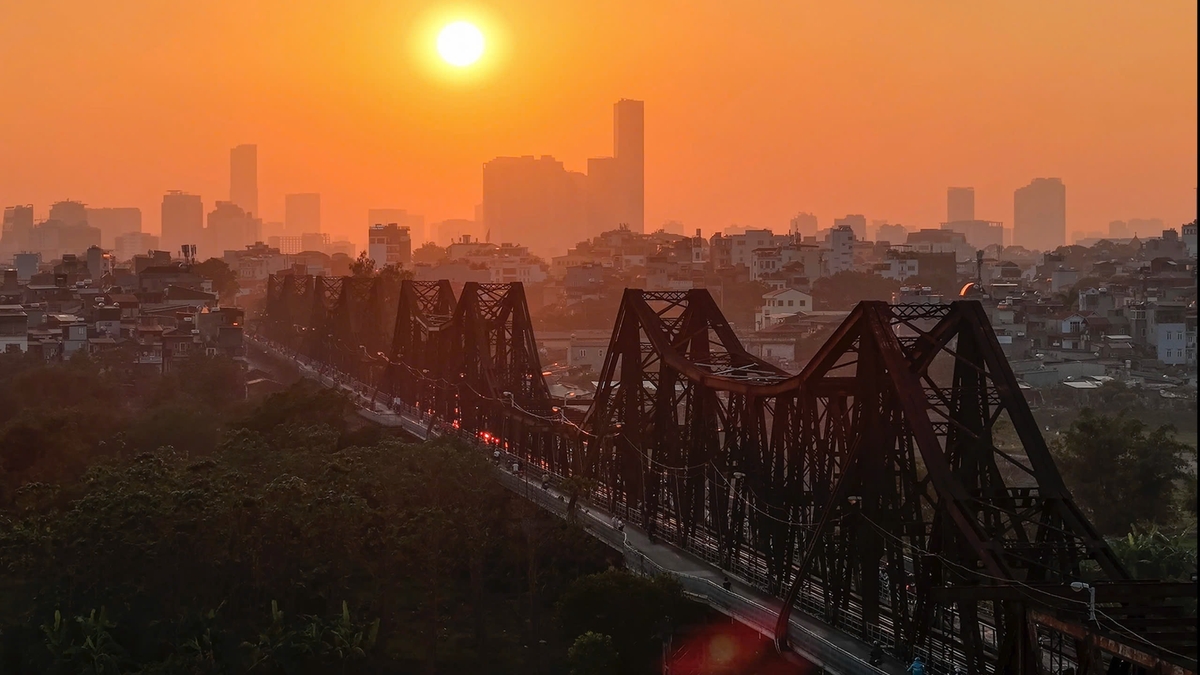

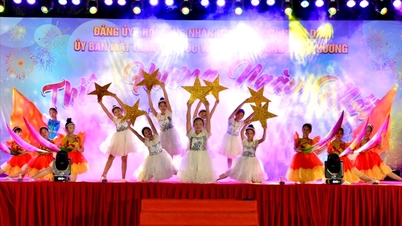

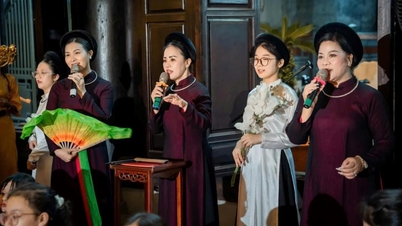

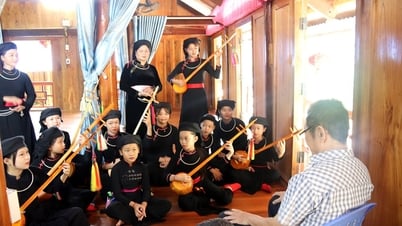
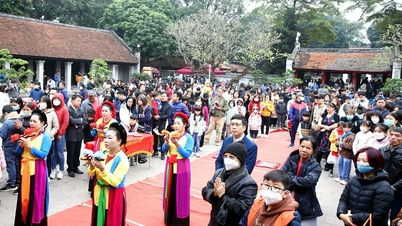




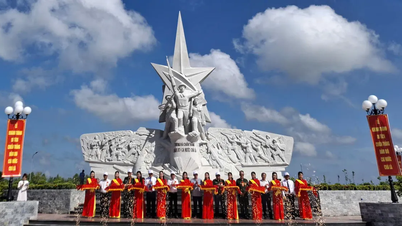



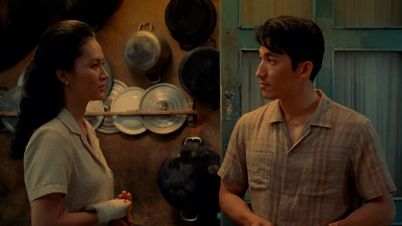
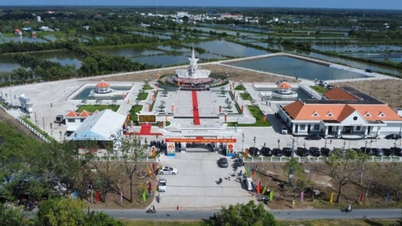

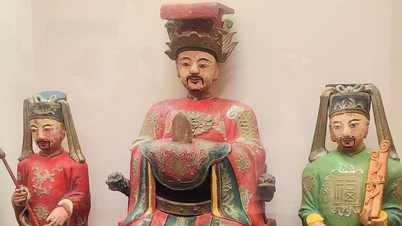





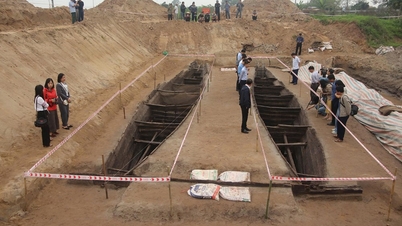




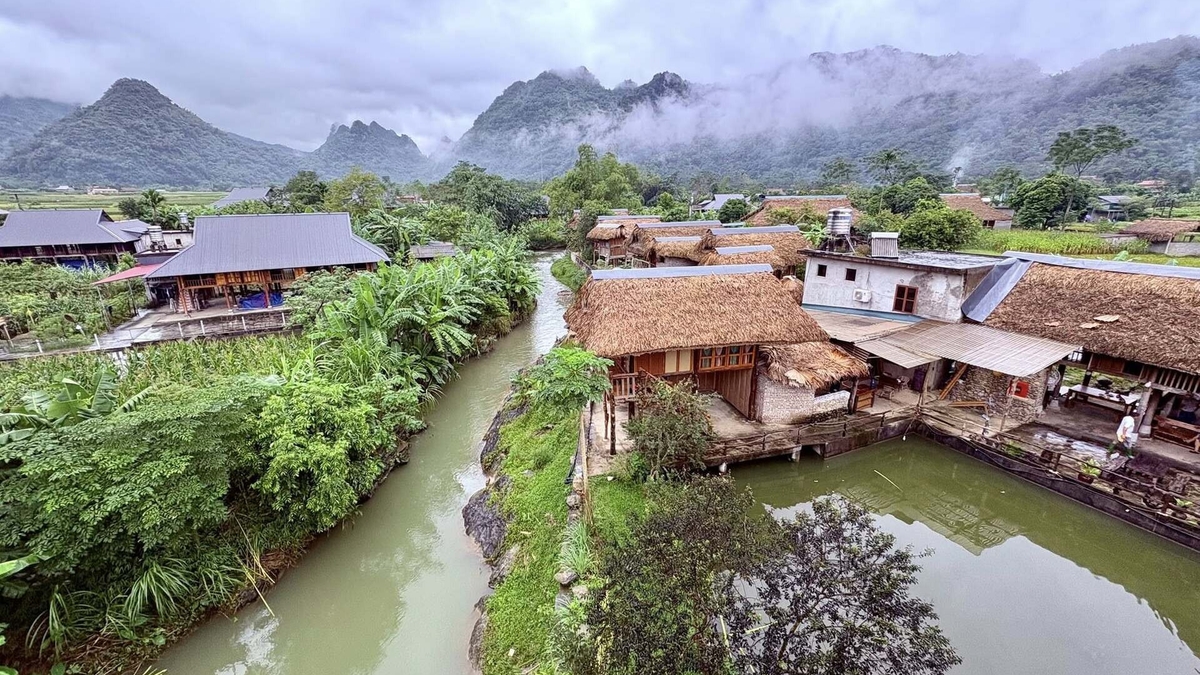
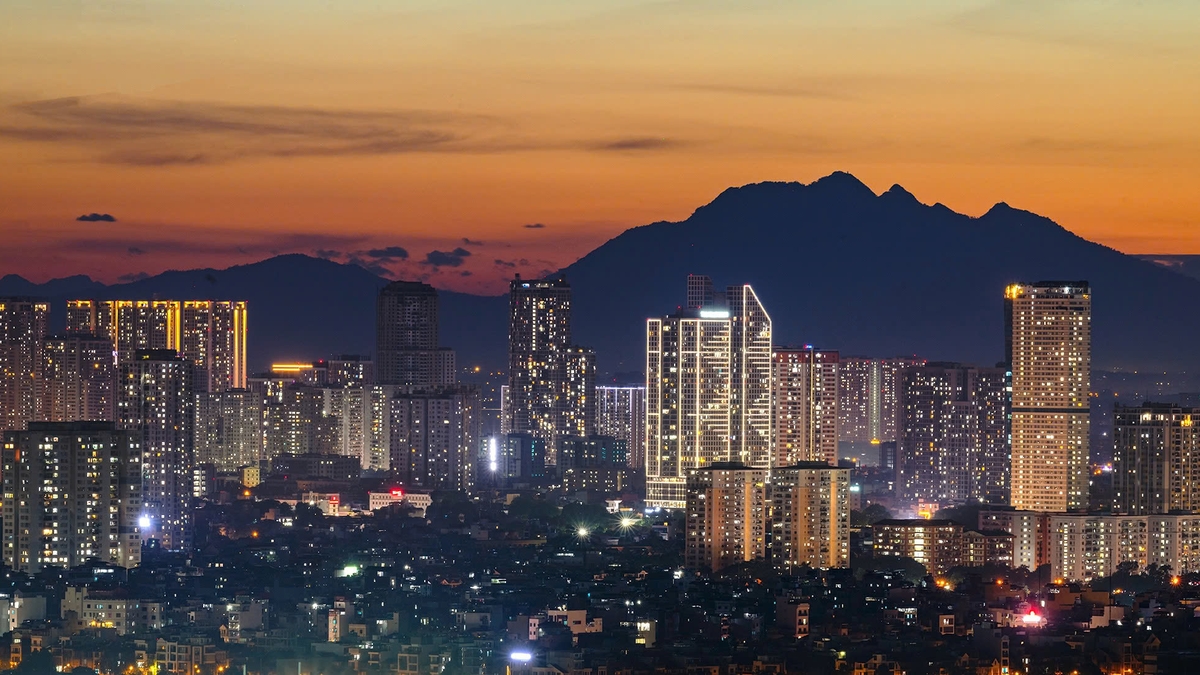
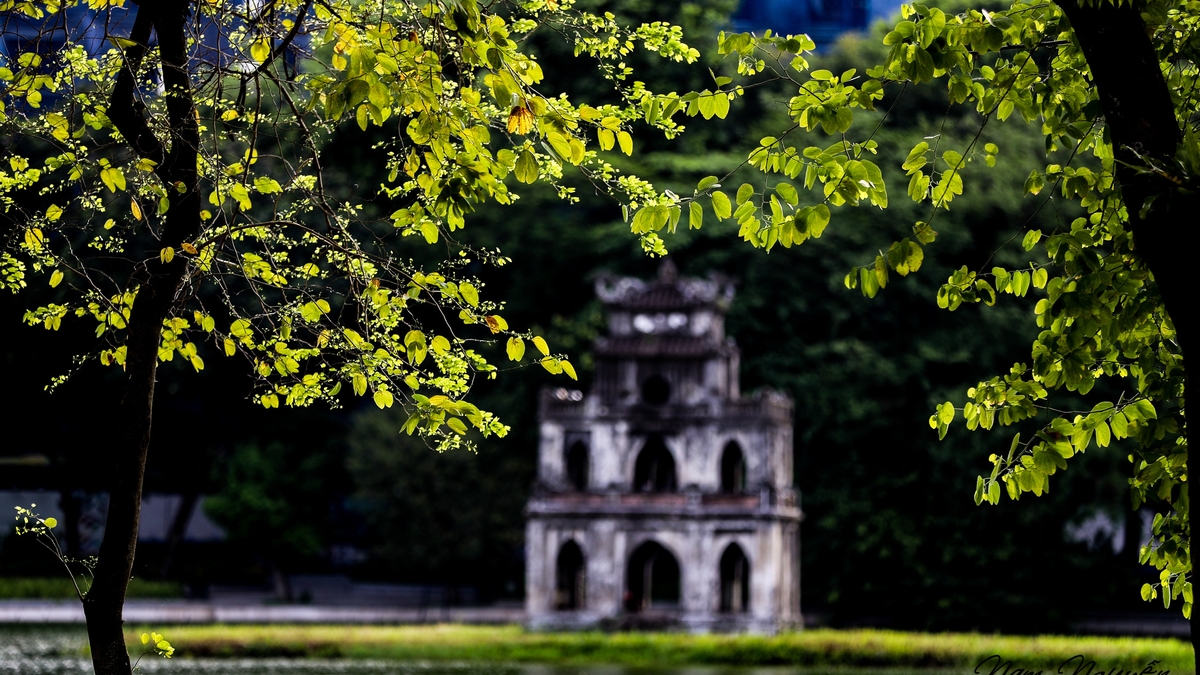
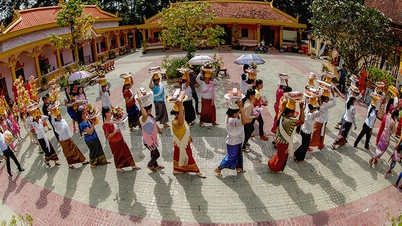

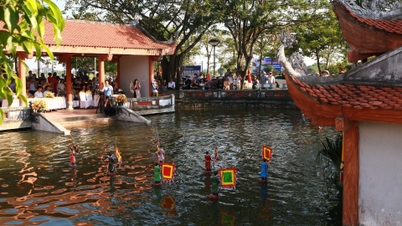
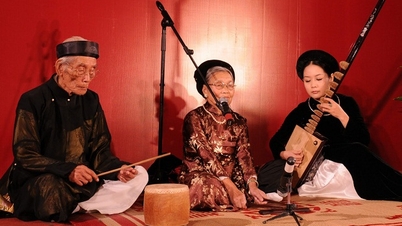



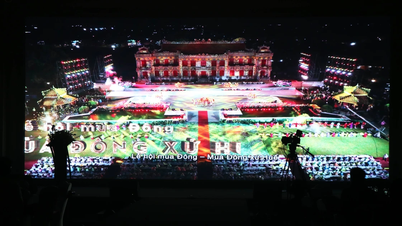






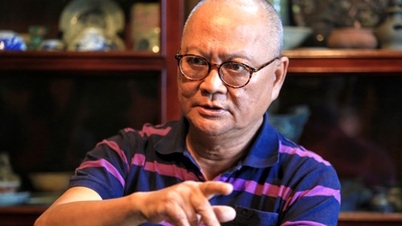




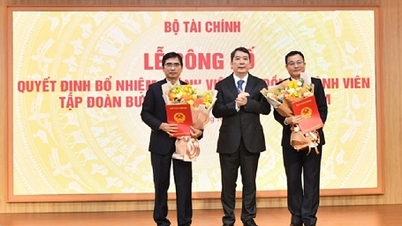

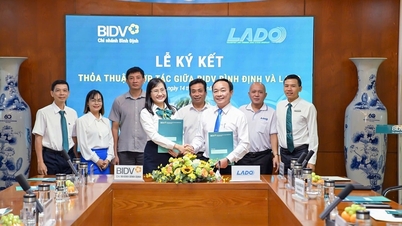



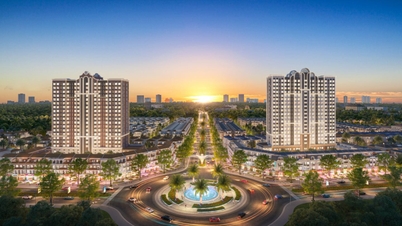







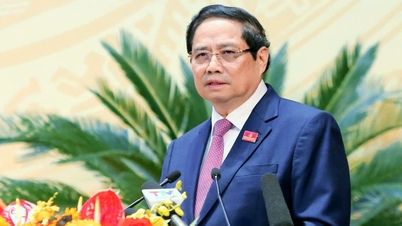



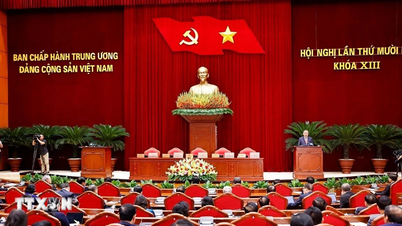


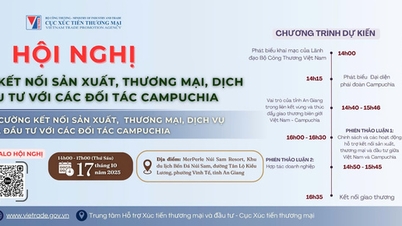



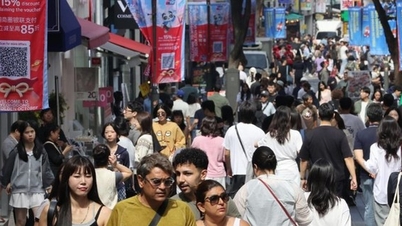


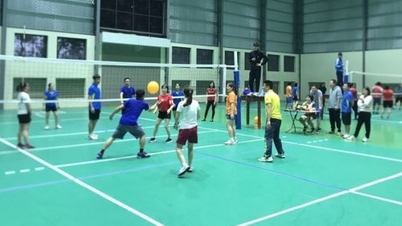
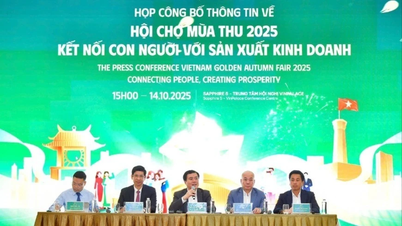


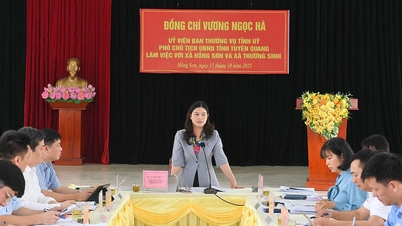


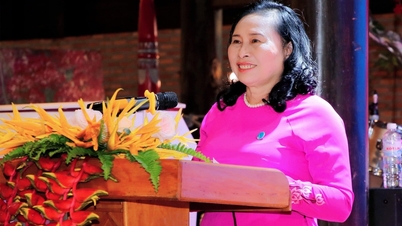

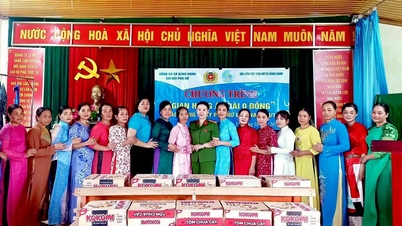





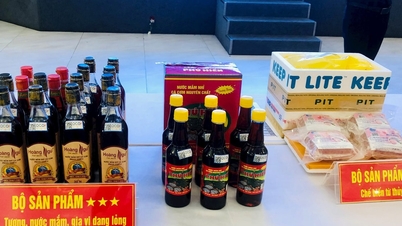








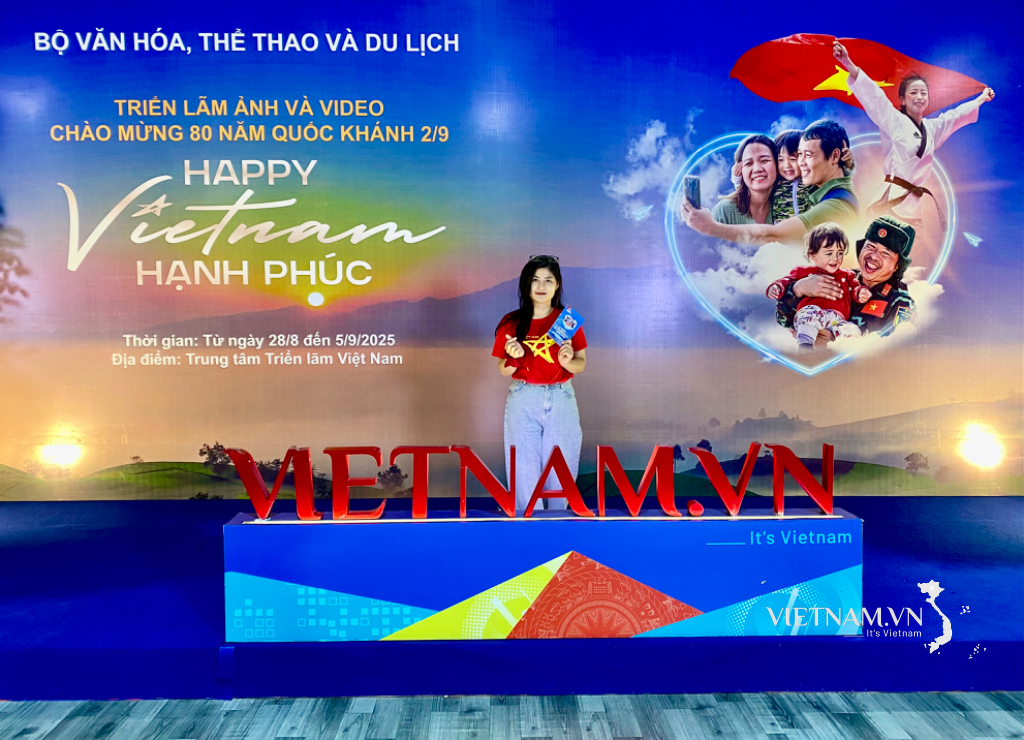

Comment (0)